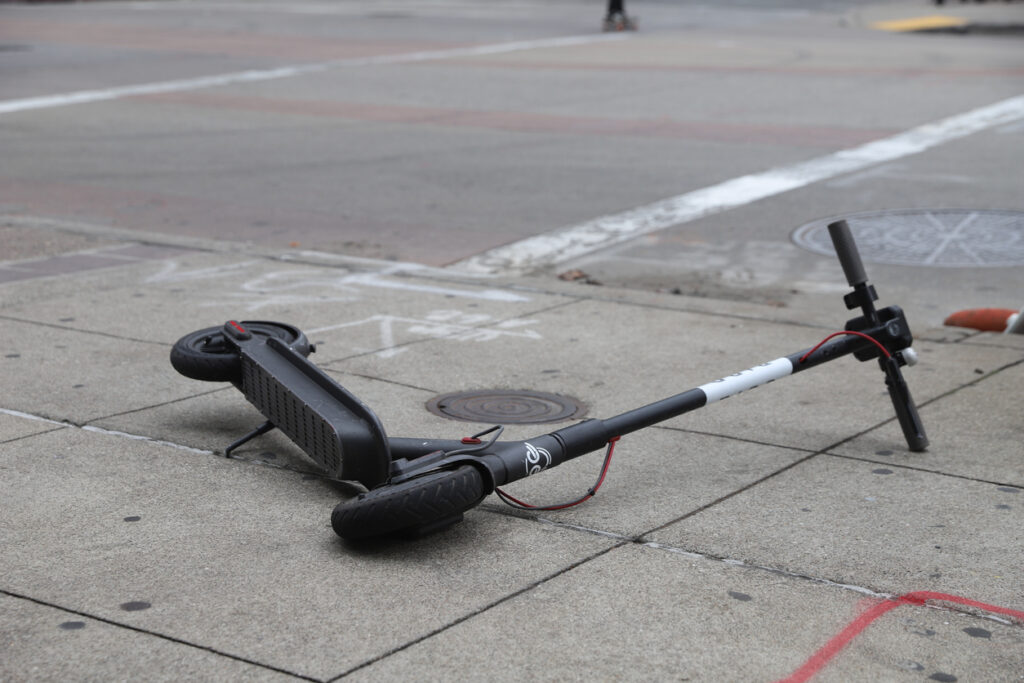Time for scooter companies to be responsible
The following is part one of an open letter to Scoot, Skip, and other providers of electric scooters detailing serious safety concerns I have pertaining to their scooter rental businesses. Part two will be published next week. I wrote this letter because, as a trial lawyer representing seriously injured people, I see preventable tragedy ahead. …


